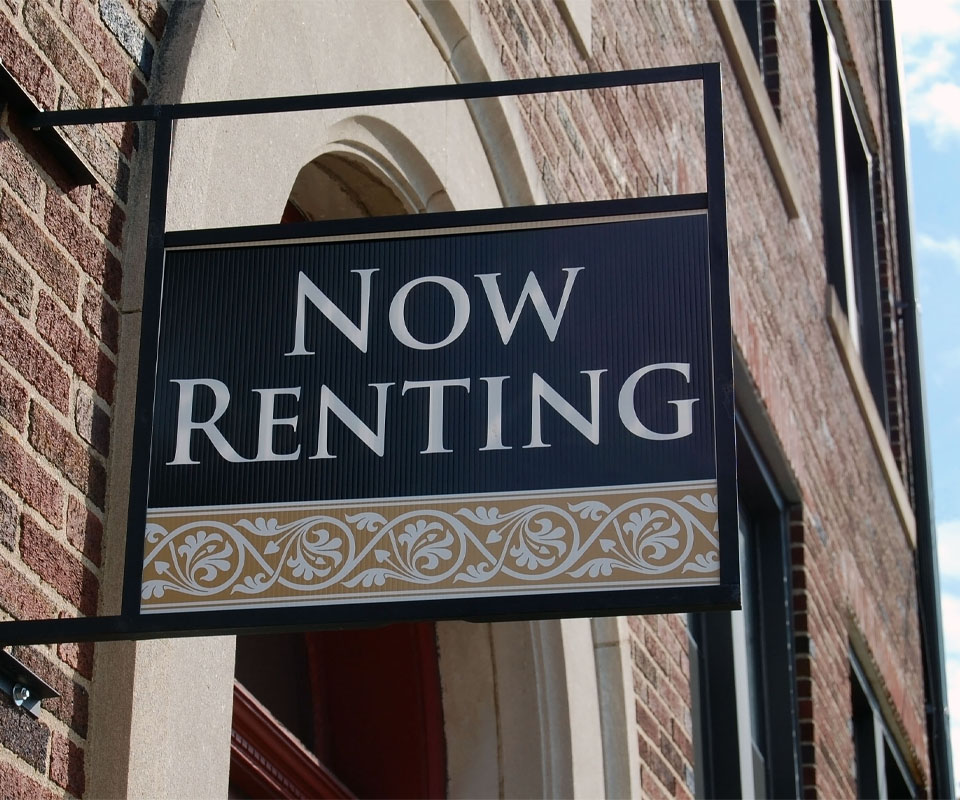Investing in property: opportunities and challenges
Buy to let can be a great way to generate income and build long-term wealth, but arranging the right mortgage is often more complex than a standard residential loan. Deposit requirements are higher, affordability is assessed differently, and lenders all have their own criteria.
Without clear advice, it’s easy to overpay or miss out on products that could improve your return.
Why some landlords pay more than they should
Many investors stay with their current lender out of convenience or apply without understanding how buy to let mortgages are assessed. This can lead to: -
- Paying more interest than necessary
- Being limited to fewer lenders or products
- Struggling to expand a portfolio because criteria aren’t met
- Surprises when rental income alone doesn’t cover affordability checks
The wrong mortgage doesn’t just reduce your profits, it can actually cost you money. Higher rates, unsuitable terms, or tax-inefficient structures can all eat into returns and turn what should be a sound investment into a financial drain. In some cases, making the wrong choice can lead to very expensive long-term mistakes.
That’s why getting expert advice is crucial. An experienced adviser makes sure you avoid these pitfalls and helps structure your mortgage in a way that supports your investment, rather than undermining it.

How I help landlords and investors
I’m Toby Keate, independent adviser at Taylor James Financial Services. I’ve helped many landlords, from first-time investors to experienced portfolio owners, secure the right buy to let mortgage.
Here’s what I do:
- Understand your goals — whether you want rental income, long-term growth, or to build a portfolio.
- Assess borrowing options — looking at deposit levels, rental calculations, and whether topslicing (using personal income to support affordability) might apply.
- Whole-of-market search — exploring a wide range of lenders to find competitive deals that fit your circumstances.
- Explain your choices clearly — whether interest-only or repayment, limited company or personal name.
- Guide you through the process — from application to offer, so your investment plans stay on track.

Key points landlords should know
- Deposit requirements: Most lenders want around 25% deposit, though some will accept 20%. Bigger deposits usually mean better rates, and increased cash flow.
- Affordability checks: Lenders often expect rental income to cover 125%–145% of the mortgage payment.
- Income requirements: Some lenders set a minimum personal income (often around £25,000), while others rely mainly on the property’s rent.
- Property ownership: If you already own property, lenders will check how your existing mortgages are managed.
- Structure options: Mortgages can be taken personally or via a limited company, each has different tax and lending implications.

The outcome
With the right advice, your buy to let mortgage works for you and not against you. Working with me, you’ll benefit from:
- A more competitive rate, reducing your monthly costs
- Lending structured around your goals, whether income or growth
- Confidence that you’re meeting lender criteria before you apply
- A smoother process, so you can focus on your investment plans

Ready to explore your options?
Arrange your buy to let mortgage consultation today. I’ll help you understand your choices and secure a deal that supports your investment goals.
0203 859 3320
contact@taylorjamesfs.co.uk
Please note:
- Your property may be repossessed if you do not keep up repayments on your mortgage.
- The Financial Conduct Authority do not regulate buy to let mortgages.
FAQs
Most lenders require around 25% of the property’s value, though some may accept 20%. Larger deposits often mean better rates.
Yes. Many landlords start this way. Lenders will want to see you can manage both sets of repayments.
Some lenders set a minimum annual income (often around £25,000), while others rely more heavily on rental income projections. I can guide you to the right lenders.
Unlike residential mortgages, lenders usually test the mortgage against expected rental income — often requiring rent to cover 125%–145% of the monthly repayment. In some cases, if the rental income falls short, a lender may consider using your personal income to supplement the calculation. This is known as topslicing, and I can advise if it could work in your situation.
Yes. Some products are designed for portfolio landlords. I can explain the criteria and help structure your finance if you own, or plan to own, more than one property.
Lenders expect you to be able to cover repayments in these situations. Having a financial buffer is essential when investing in property, and I can advise on the options.
Most are interest-only to keep monthly costs lower and increase cash flow, but repayment mortgages are available. I’ll help you decide what works best for your own long-term plans and goals.
It is more difficult, but definitely possible. Not all lenders are comfortable with first-time buyers investing, but with the right approach it can be done. The key is knowing which lenders to approach and how to structure the application. This is where the right advice makes all the difference, ensuring you don’t waste time with the wrong lender and helping you secure the best chance of approval.
Yes, but it’s more difficult. Lenders may offer higher rates, which can reduce your returns. The right advice is crucial to understand your options, and in some cases, whether investing is the right move at this time.
FAQs
Most lenders require around 25% of the property’s value, though some may accept 20%. Larger deposits often mean better rates.
Yes. Many landlords start this way. Lenders will want to see you can manage both sets of repayments.
Some lenders set a minimum annual income (often around £25,000), while others rely more heavily on rental income projections. I can guide you to the right lenders.
Unlike residential mortgages, lenders usually test the mortgage against expected rental income — often requiring rent to cover 125%–145% of the monthly repayment. In some cases, if the rental income falls short, a lender may consider using your personal income to supplement the calculation. This is known as topslicing, and I can advise if it could work in your situation.
Yes. Some products are designed for portfolio landlords. I can explain the criteria and help structure your finance if you own, or plan to own, more than one property.
Lenders expect you to be able to cover repayments in these situations. Having a financial buffer is essential when investing in property, and I can advise on the options.
Most are interest-only to keep monthly costs lower and increase cash flow, but repayment mortgages are available. I’ll help you decide what works best for your own long-term plans and goals.
It is more difficult, but definitely possible. Not all lenders are comfortable with first-time buyers investing, but with the right approach it can be done. The key is knowing which lenders to approach and how to structure the application. This is where the right advice makes all the difference, ensuring you don’t waste time with the wrong lender and helping you secure the best chance of approval.
Yes, but it’s more difficult. Lenders may offer higher rates, which can reduce your returns. The right advice is crucial to understand your options, and in some cases, whether investing is the right move at this time.

